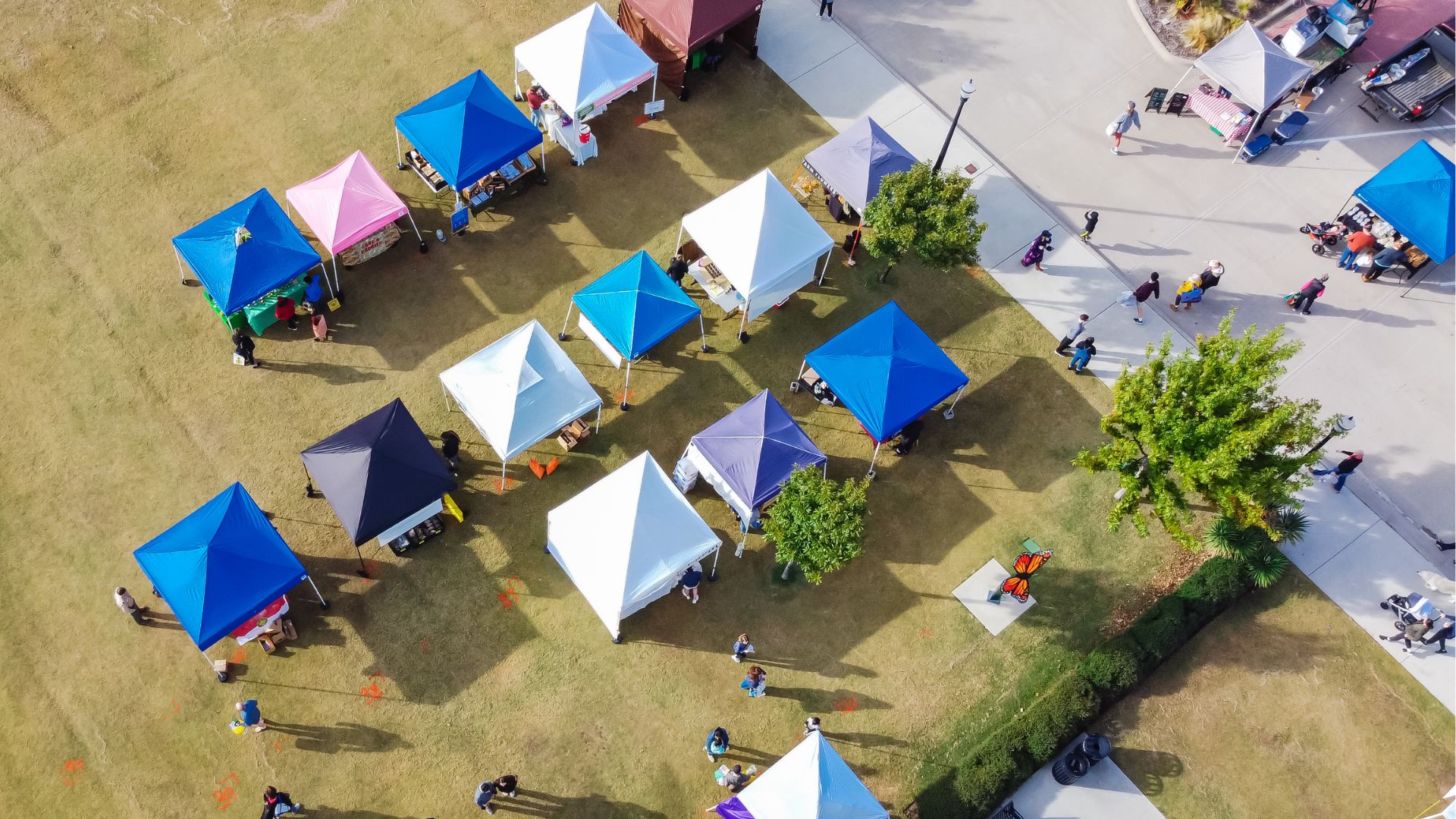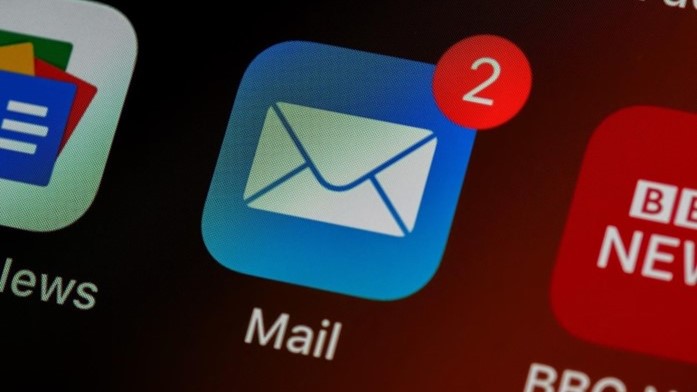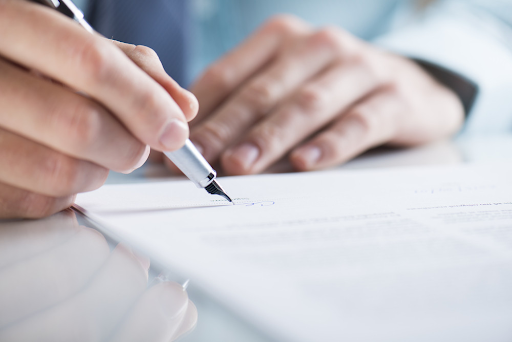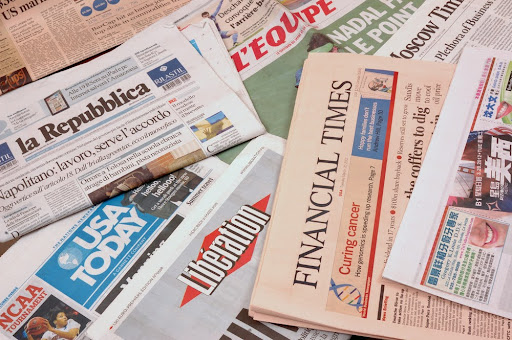
Local events and fairs are excellent opportunities for small businesses to connect with their community, build brand awareness, and generate leads. Whether it’s a neighborhood festival or a city-wide trade fair, these events provide a platform for face-to-face engagement that digital marketing can’t quite replicate.
The key to success lies in making sure your business stands out, attracts foot traffic, and leaves a lasting impression — all while keeping an eye on your marketing budget.
In this article, we’ll walk you through the essential strategies for successfully marketing your business at local events and fairs. From pre-event promotion to post-event follow-ups, we’ll cover everything you need to know to ensure a solid return on investment (ROI).
1. Pre-Event Promotion: Build Anticipation
Before the event even begins, your marketing efforts should already be in full swing. Promotion is essential to drawing a crowd, and social media is your best friend here.
- Social Media Buzz: Start promoting the event at least two weeks in advance. Use platforms like Instagram, Facebook, and LinkedIn to share sneak peeks of what attendees can expect. Use event-specific hashtags to expand your reach and encourage others to spread the word.
- Email Campaigns: Send a targeted email blast to your existing customers, offering them a particular discount or promotion if they visit your booth. Consider offering early bird registration if you’re hosting a demonstration or activity at your booth.
- Event Sponsorship: If the event allows for sponsorship, it’s a great way to increase your visibility. For a small fee, you can have your logo featured on promotional materials, driving more attendees to your booth.
Pre-event marketing sets the stage for a successful turnout. According to Eventbrite, email marketing is particularly effective, as it provides a direct line to people already interested in your brand. Don’t underestimate the power of building buzz!
2. Design an Engaging Booth: Create a Memorable Experience
When it comes to booth design, first impressions are everything. At a busy fair, you’ll be competing with dozens of other vendors, so your booth needs to stand out.
- Eye-Catching Visuals: Utilize vinyl banners with bold graphics that reflect your brand. Custom-designed signage will attract attention from a distance and create a professional image.
- Interactive Elements: Incorporate interactive activities to engage visitors. Think of games, giveaways, or even a live demonstration of your product.
- Comfort and Accessibility: Don’t forget about the basics, like comfortable seating, easy access to your materials, and ensuring your booth is welcoming. According to the SBA’s Event Planning Guide, comfortable seating and interactive elements can keep visitors engaged longer.
A custom-designed booth is more than just a table and a few flyers. It’s your chance to showcase your brand’s personality and draw people in.
3. Attract Foot Traffic with Branded Giveaways
Want to attract people to your booth? Offer them something to take home.
- Branded Giveaways: Consider offering small, valuable items like pens, tote bags, or keychains — all featuring your company logo. These items act as walking advertisements long after the event is over.
- Exclusive Promotions: Offer an event-only discount or promotion. Let visitors know that they can only take advantage of this deal if they stop by your booth during the event.
- Incentives for Engagement: Encourage visitors to follow you on social media or sign up for your email list in exchange for a gift. This way, you’re not just giving something away but also collecting valuable leads.
Local events are an excellent way to boost brand awareness, especially when coupled with branded giveaways that keep your business top of mind.
4. Collect Leads Effectively: Build Relationships Beyond the Event
While branded giveaways are great, don’t forget the ultimate goal: collecting leads. Every interaction is a potential customer, and it’s crucial to capture their information.
- Lead Collection Tools: Use a simple lead capture form where attendees can leave their contact details in exchange for a freebie or a chance to win a prize. A tablet or smartphone app can streamline this process, ensuring you don’t lose any important information.
- Networking Opportunities: Engage in conversations with attendees. Ask questions about their needs, and use the opportunity to showcase how your product or service can solve their problems.
- Data Collection: Collecting data like attendee preferences and contact details is vital for future marketing efforts.
Engaging in meaningful conversations and collecting leads effectively will allow you to build a customer database that can be leveraged in the future.
5. Post-Event Follow-Ups: Keep the Momentum Going
Your job doesn’t end when the event does. Post-event follow-ups are critical to turning those leads into customers.
- Send a Thank-You Note: Within a day or two of the event, send personalized thank-you emails to everyone who visited your booth. Include photos from the event to keep the experience fresh in their minds.
- Exclusive Offers: Consider offering an exclusive promotion for a limited time after the event to entice visitors to make a purchase.
- Event Recap on Social Media: Share an event recap on your social media platforms. Highlight critical moments, share behind-the-scenes photos, and tag any new connections or partners to maintain engagement.
Follow-up efforts are crucial to strengthening the relationships you’ve built at the event and converting them into long-term customers.
6. Measure Your Success: Assess ROI
To ensure that your participation in local events is cost-effective, it’s essential to track your results.
- KPIs to Track: Measure key performance indicators (KPIs) such as the number of leads collected, sales made, and overall foot traffic to your booth.
- Event ROI: Compare the event’s cost (booth rental, marketing materials, giveaways) against the revenue generated or leads acquired to assess your return on investment. As the American Marketing Association mentions, tracking these metrics can help you refine your event marketing strategy and improve future participation.
By analyzing these metrics, you can identify areas for improvement and optimize your approach for future events.
Conclusion: Maximize Your Event Presence
Local events and fairs provide a unique opportunity for small businesses to engage with their audience in a personal and impactful way. By leveraging pre-event promotion, designing an engaging booth, offering branded giveaways, and following up with leads, you can maximize your event presence and generate significant returns. Remember, the value of face-to-face interactions cannot be overstated — they build trust, foster relationships, and leave a lasting impression that no email campaign can achieve.
So, are you ready for your next event? Whether you’re offering vinyl banners or crafting a custom-designed booth, the strategies you employ will set you apart and ensure success.



